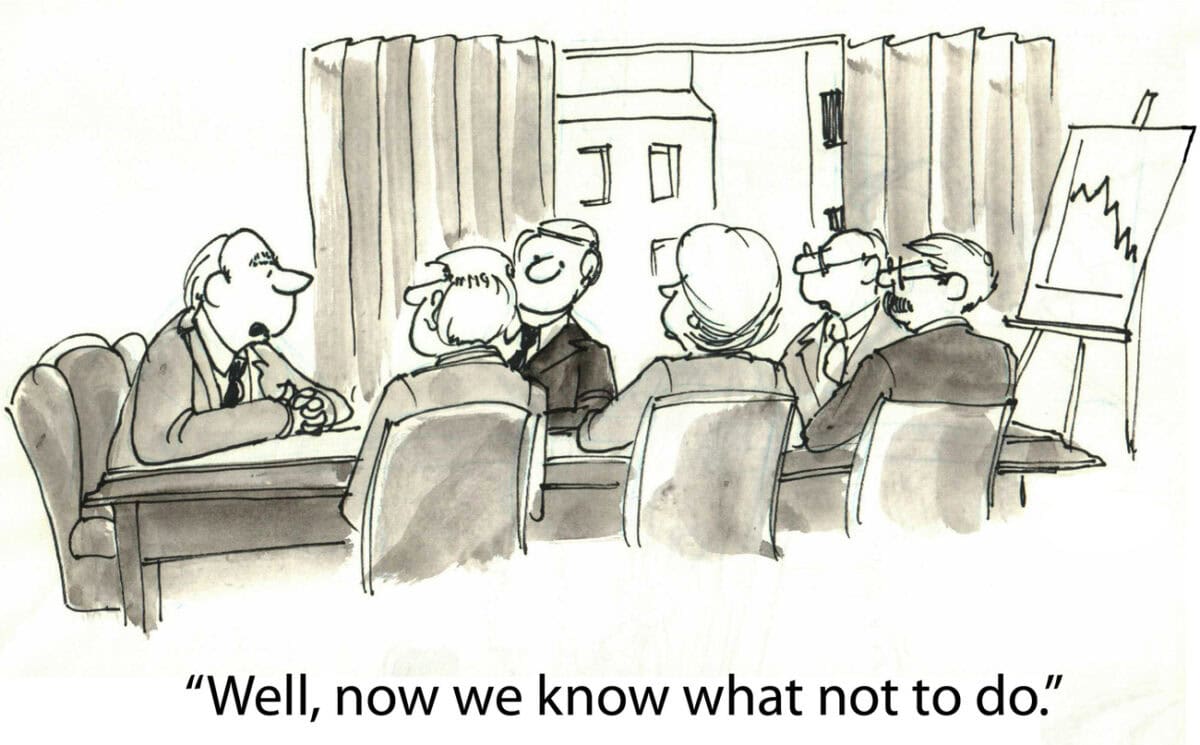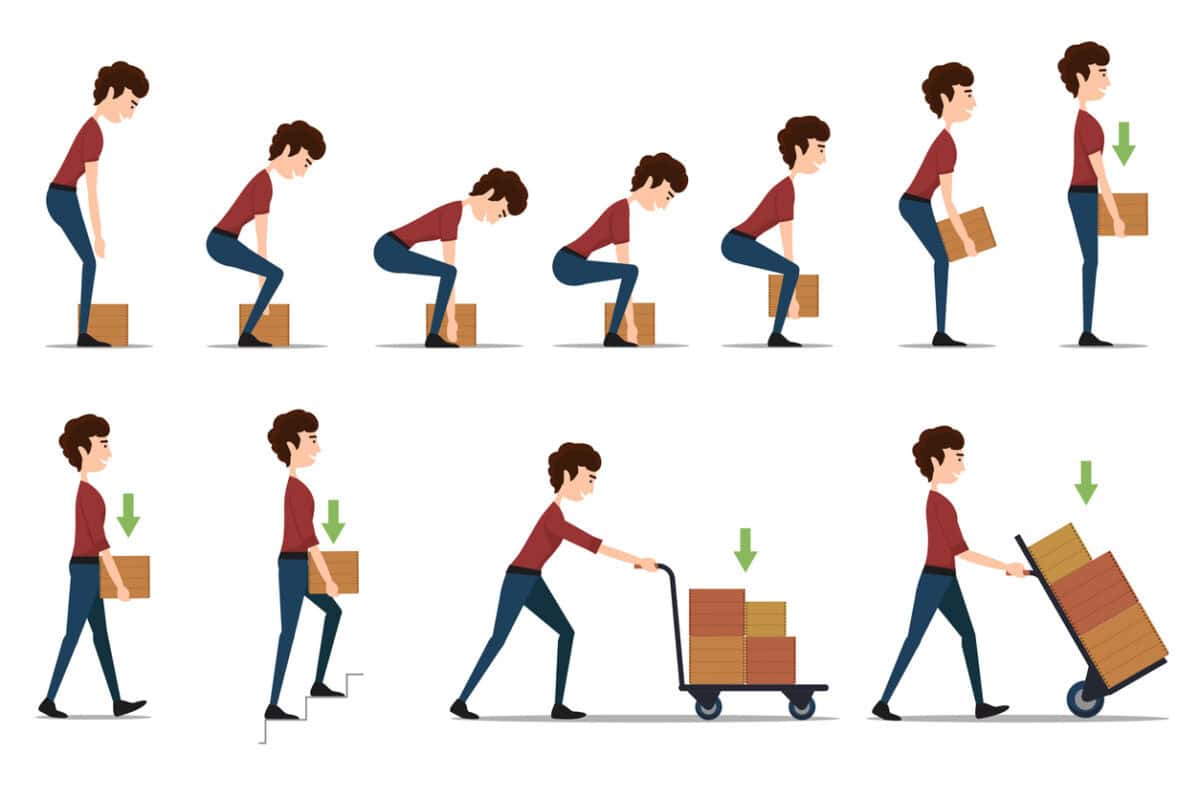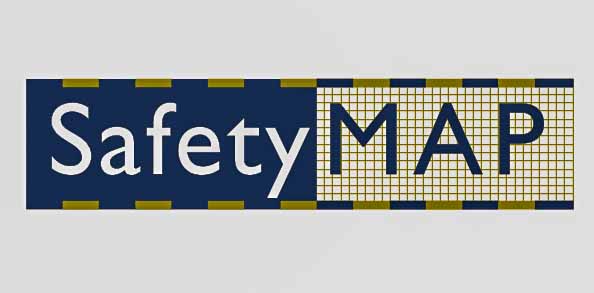Psychosocial hazards are gaining attention online, but the pace of change remains sloth-like. Two recent online events provide good, basic occupational health and safety (OHS) and organisational psychology information and some insight into the slow pace.
Category: OHS
Significant workplace culture investigation but OHS missed again
Australia’s news media is reporting a shocking report about the workplace culture of parts of the Nine Entertainment organisation – bullying, sexual harassment, abuse of power – all the elements of organisational culture that can be found in any company if one scratches the surface. Scratching is one of the aims of the occupational health and safety (OHS) discipline – investigating the causes of harm at the source.
Learn about OHS through alternative perspectives
On the iconic discount table in Readings Carlton bookshop is one of the most interesting occupational health and safety (OHS) books – The Careless State by a Professor of Political Science at Melbourne University, Mark Considine. This book was not written by an OHS specialist with all the associated ideological and philosophical baggage. And really, it is mainly one chapter that justifies the description “Worker’s Health and Safety.”
New shining stream of safety research funds
Last week, RMIT University launched the Safety and Health Innovation Network (SHINe), a new safety, health, and wellbeing research fund that will work collaboratively with the University of Colorado’s Construction Safety Research Alliance (CSRA) and others. This is a promising source of funds for new occupational health and safety research in the construction industry. SafetyAtWorkBlog attended the launch and was able to talk exclusively about the program with Distinguished Professor Helen Lingard.
HWSA’s manual handling challenge
Recently, Australia’s Heads of Workplace Safety Authorities (HWSA) produced a position paper that said:
“‘How to lift’ training programs do not reduce the incidence of musculoskeletal disorders. Despite this, a recent survey found that almost 80 percent of employers had provided ‘how to lift’ training to their workers in the past two years…
Providing ‘how to lift’ training does not prevent work-related musculoskeletal disorders. ‘How to lift’ training does not change any of the hazardous manual task risk factors that workers are exposed to, nor does it address the source/s of the musculoskeletal disorder risk…”
This is a further example of employers being sucked into occupational health and safety (OHS) related programs that do not work. Wellness has been seriously questioned, gym ball seating, back belts… and more. However, it seems that research is less of a challenge than communication.
“Does my business comply with the OHS/WHS law?”
Employers struggle to know if their businesses comply with the local occupational health and safety (OHS) or work health and safety (WHS) laws. They always have and, likely, always will. Employers are hungry for certainty and are often annoyed with OHS advisers who refuse to give a definitive answer to the question in this article’s title.
In the 1990s, particularly in Victoria, there was almost a frenzy for a simple audit tool developed through WorkSafe Victoria called SafetyMAP. It disappeared well over a decade ago, but my Goddess, it was popular, and small business operators especially wanted it. Even when its effectiveness was questionable.
Positive duties everywhere
One area where human resources (HR) and occupational health and safety (OHS) do not overlap in practice is diversity, equity, and inclusion (DEI), but they should. OHS cannot operate without effective consultation, and part of that effectiveness comes from a diversity of information, respectful conversations, and the inclusion of sometimes uncomfortable perspectives or truths.
Recently, the Victorian Equal Opportunity and Human Rights Commission (VEOHRC) published a guideline on race discrimination in the workplace, which illustrated the need for HR and OHS to begin talking (and listening to) the same language.







